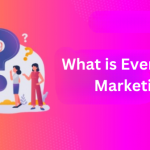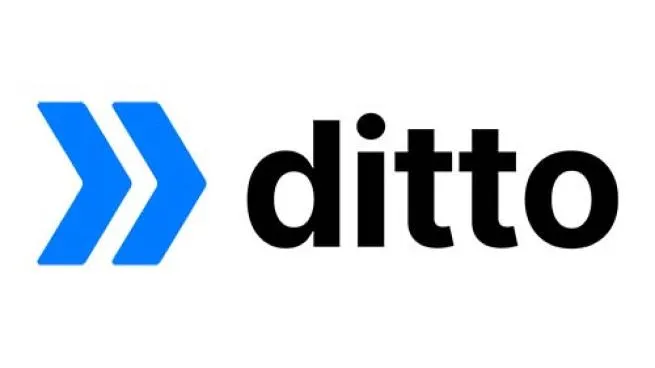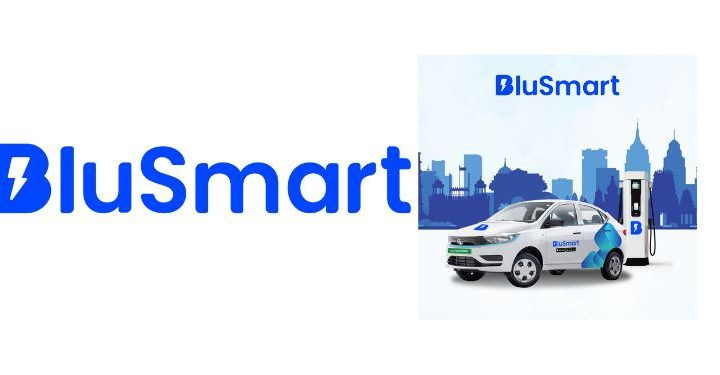What is The Impact of Media Buying on Brand Visibility and Awareness
5 min read
The Impact of Media Buying on Brand Visibility and Awareness
In the ever-evolving landscape of marketing, media buying plays a pivotal role in shaping a brand’s visibility and awareness. Media buying involves purchasing advertising space across various platforms to reach a target audience effectively. It encompasses everything from selecting the right channels to negotiating rates and analyzing campaign performance. Understanding the impact of media buying on brand visibility and awareness can help businesses optimize their advertising strategies for maximum impact. Here’s how media buying influences these critical aspects of branding.

1. Enhancing Brand Visibility
Strategic Placement: Media buying allows brands to strategically place their advertisements in front of their target audience. By selecting the most relevant media channels—whether it’s TV, radio, digital platforms, or print—brands can ensure their messages are seen by a large and relevant audience. Effective media buying identifies the best times and locations for ad placements, maximizing exposure and ensuring that the brand stands out in a crowded marketplace.
Increased Reach: Media buying enables brands to reach a broad audience across various platforms. For example, a well-planned media buying strategy might include a mix of digital ads, TV commercials, and outdoor billboards. This multi-channel approach increases the chances of the brand being seen by a diverse group of potential customers, enhancing overall visibility.
Optimized Frequency: One of the key benefits of media buying is the ability to control ad frequency. By optimizing how often and where ads are placed, brands can reinforce their message without overwhelming the audience. This balanced approach ensures that the brand remains visible without causing ad fatigue, leading to better recall and recognition.
2. Building Brand Awareness
Targeted Messaging: Media buying allows for precise targeting based on demographics, interests, and behaviors. By focusing on specific audience segments, brands can deliver tailored messages that resonate with their target market. This targeted approach helps in building awareness among the right audience, increasing the likelihood of engagement and brand recall.
Consistency Across Channels: Effective media buying ensures that a brand’s messaging is consistent across all chosen platforms. Consistency in messaging, visuals, and tone helps reinforce brand identity and builds a stronger connection with the audience. When consumers see a unified message across multiple channels, it enhances brand recognition and solidifies the brand’s presence in their minds.
Leveraging High-Traffic Platforms: Media buying strategies often involve placing ads on high-traffic platforms that attract large audiences. For example, advertising on popular websites, social media platforms, or during prime-time TV slots can significantly boost brand awareness. High-traffic platforms offer greater visibility and the potential for higher engagement, leading to increased awareness.
Tracking and Analytics: Media buying involves continuous monitoring and analysis of ad performance. By tracking key metrics such as impressions, clicks, and conversions, brands can assess the effectiveness of their campaigns. This data-driven approach allows for real-time adjustments, ensuring that media buying strategies are optimized for maximum impact on brand awareness.
3. Influencing Consumer Perception
Reinforcing Brand Positioning: Media buying helps reinforce a brand’s positioning by consistently delivering its key messages to the target audience. Through strategic placements and well-crafted ads, brands can communicate their unique value propositions and differentiate themselves from competitors. This reinforcement of brand positioning contributes to stronger brand awareness and a more defined brand image.
Creating Emotional Connections: Media buying enables brands to place ads in contexts that align with their desired brand image. For instance, a luxury brand might choose high-end lifestyle magazines or premium TV channels to create an aspirational image. By aligning with the right media environments, brands can evoke emotions and build deeper connections with their audience, enhancing overall brand awareness.
Generating Buzz and Word-of-Mouth: Well-executed media buying campaigns can generate buzz and encourage word-of-mouth referrals. Innovative and impactful ads have the potential to go viral or spark conversations among consumers. This organic spread of brand messages further amplifies visibility and awareness beyond the initial media placements.
4. Adapting to Changing Trends
Embracing New Media Channels: As new media channels and technologies emerge, media buying strategies must adapt to stay relevant. For example, the rise of social media influencers, podcast advertising, and programmatic buying offers new opportunities for brands to reach their audience. Staying current with trends and incorporating new channels into media buying strategies can enhance visibility and keep the brand top-of-mind.
Addressing Audience Shifts: Media consumption habits are constantly evolving. As consumers shift their preferences from traditional to digital media or vice versa, media buying strategies must evolve accordingly. By staying attuned to audience trends and adjusting media buys accordingly, brands can maintain visibility and continue to build awareness in an ever-changing landscape.

Conclusion
Media buying is a critical component of any successful advertising strategy, with a profound impact on brand visibility and awareness. By strategically placing ads, targeting the right audience, and leveraging high-traffic platforms, brands can enhance their presence and build stronger connections with consumers. The ability to track performance and adapt to changing trends further ensures that media buying efforts are optimized for maximum impact.
For expert assistance in optimizing your media buying strategy and boosting your brand’s visibility and awareness, contact MyHoardings:
- Email: business@myhoardings.com
- Phone: +91-9953847639
- Website: www.myhoardings.com
Let MyHoardings help you achieve your advertising goals with effective media buying strategies!
Comparative Analysis of Digital vs. Traditional Media
| Metric | Digital Media | Traditional Media |
|---|---|---|
| Reach | 2 Billion Users | 1 Billion People |
| Engagement Rate | 5-10% | 1-2% |
| Cost per Impression | ₹5 | ₹20 |
| Flexibility | High | Low |
| Measurability | High | Moderate |
Types of Ambient Media
|













